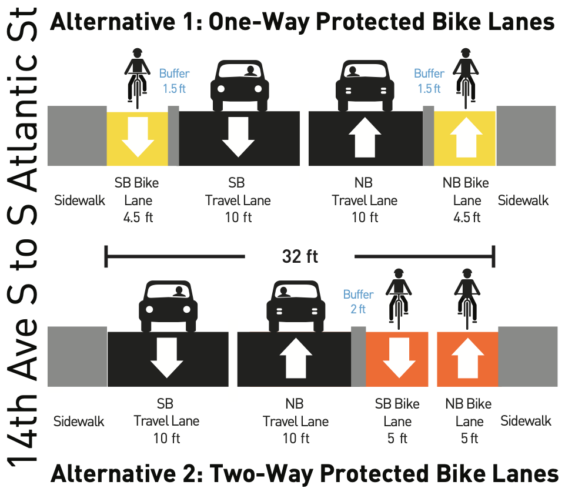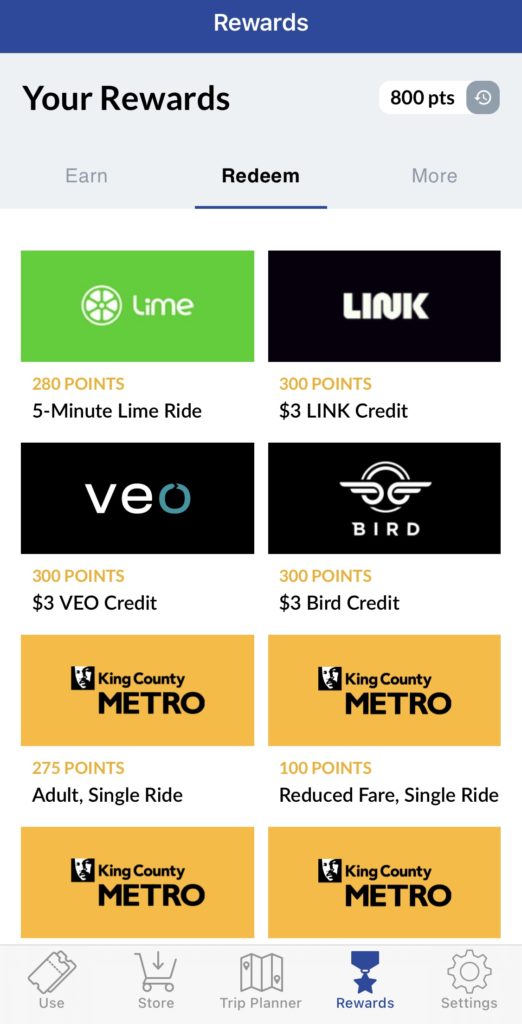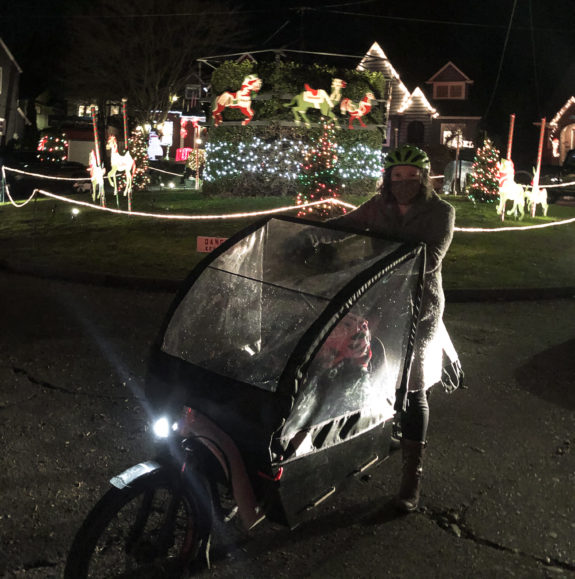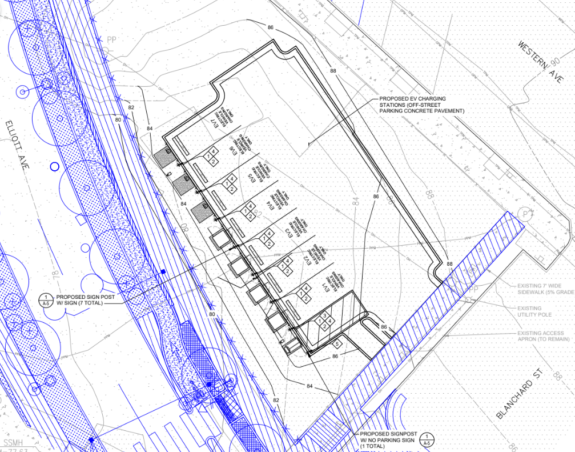 Transit GO is an interesting and mostly functional mobile app that allows riders to pay for transit tickets on their phones while also gamifying the transit riding experience. And now scooter and bike share services are now part of the game, too.
Transit GO is an interesting and mostly functional mobile app that allows riders to pay for transit tickets on their phones while also gamifying the transit riding experience. And now scooter and bike share services are now part of the game, too.
The app is only for people paying full price for transit as they go, so it’s not really useful for folks who have a monthly or discount ORCA pass. But if you pay as you go, like I do, then it may be worth checking out. It’s not as convenient as an ORCA card with autoload because you have to buy tickets individually based on zones or light rail distance. But it has a trick up its sleeve: Rewards.
As you ride, you earn reward points that you can spend on more transit tickets or free scooter and bike share time. You earn 125 points for taking a train or bus ride, for example, and the bike and scooter share rewards cost 280-300 points. So every three or so transit rides get you a discounted scooter or bike share ride. There is also an ever-changing list of bonus reward options to juice your rewards balance further. You also get 800 points just for joining, so that alone is probably worth signing up.
Meanwhile, you can get up to $8 in ride credit or discounts per week for Lime, LINK, Bird or Veo thanks to the Bike & Scoot to Transit program running through March 31. You just need to end a ride within one of these “discount parking zones” near transit stops: (more…)
 The biggest decision point presented in SDOT’s Beacon Hill bike lane survey (open through January 6) is whether the city should build one-way bike lanes on either side of 15th Ave S or one two-way bike lane on the east side of the street. SDOT’s Hallie O’Brien shined a little more light on the pros and cons of each option during a conversation with the Seattle Bicycle Advisory Board this week.
The biggest decision point presented in SDOT’s Beacon Hill bike lane survey (open through January 6) is whether the city should build one-way bike lanes on either side of 15th Ave S or one two-way bike lane on the east side of the street. SDOT’s Hallie O’Brien shined a little more light on the pros and cons of each option during a conversation with the Seattle Bicycle Advisory Board this week.










